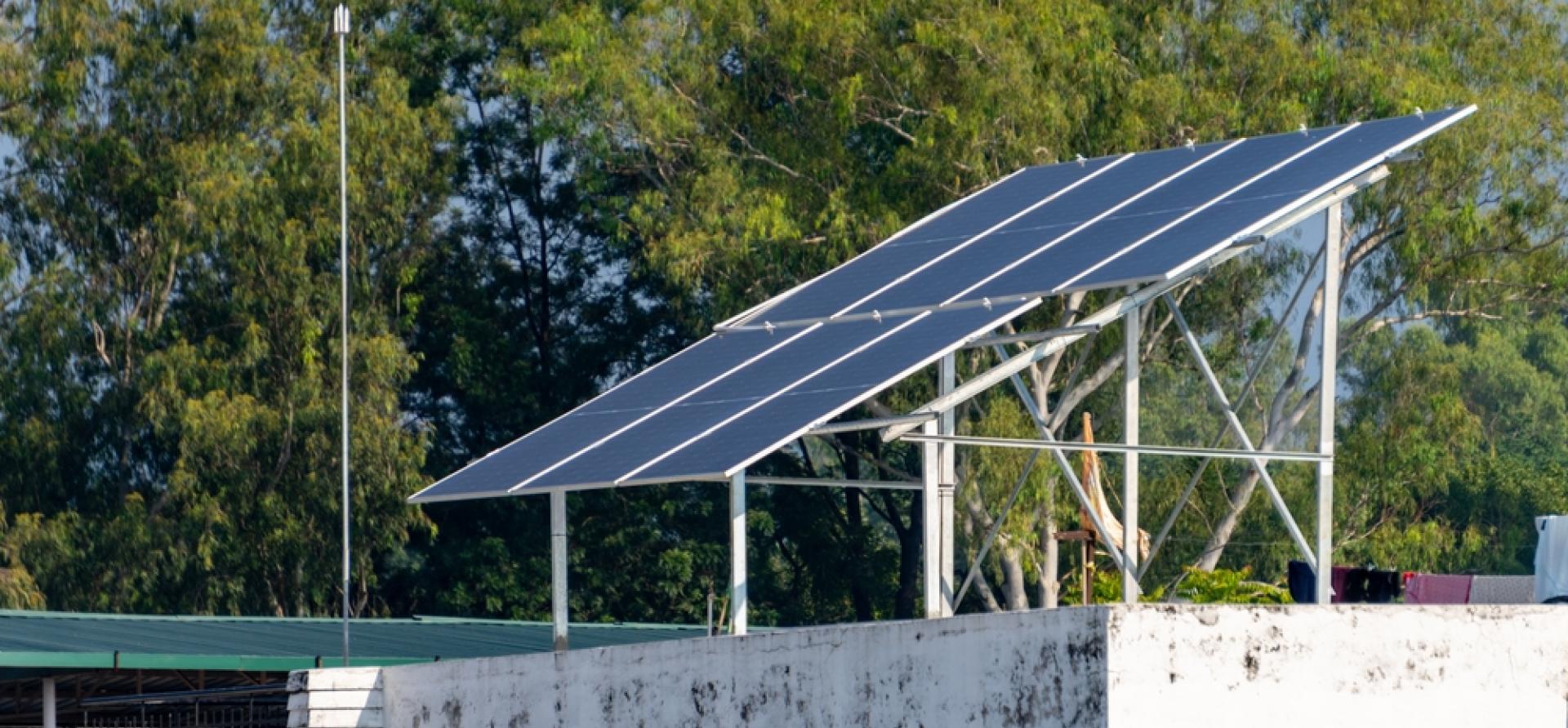Innovative Financing Mechanisms at COP29

Key Findings
Energy Savings Insurance can help overcome investment barriers by compensating if the anticipated energy savings fall short of projections. It ensures financial benefits from energy savings.
Affordable green buildings can reduce energy consumption and lower greenhouse gas emissions by combining building design with rooftop solar and energy-efficient appliances. Governments can tactically use incentives to make affordable housing a bankable segment for private financers.
Mangrove conservation and restoration in coastal areas can protect assets like buildings and manufacturing plants from floods. Local governments can structure a contract with insurance companies that will secure regular annual payments from the latter.
It is increasingly becoming clear that the efforts of countries to mitigate or adapt to climate change need revision. The lack of political will, higher technology costs, limited international cooperation, and the lack of the required private financing mobilisation volume hamper the progress of climate action. Due to limited public capital and the fact that it must be spent on public services, it is crucial to use it smartly to attract private capital to fund climate actions. Here, innovative financing mechanisms can be deployed to mobilise private financing for climate actions. In this article, we propose a few innovative and catalytic financial mechanisms.
Energy Saving Insurance
Energy efficiency is one of the potential ways to reduce energy consumption, resulting in lower emissions drastically. However, companies, particularly Small and Medium-sized Enterprises (SMEs), face a large financing gap when investing in energy-efficient plants and equipment, despite the financial benefits in the long term. A key one is the lenders’ lack of adequate familiarity with the latest energy-efficient technologies. Lenders often need more technical capacity to assess the financial benefits of more capital-intensive, energy-efficient technologies and to have the confidence that SMEs will pay back, starving the sector of debt.
Energy Savings Insurance helps overcome investment barriers by compensating if the anticipated energy savings fall short of projections. It ensures financial benefits from energy savings. Companies selling energy-efficient machines and equipment pay a premium to insurance companies who, in return, cover the performance guarantee of those equipment and machines. Insurance companies may not rely on equipment manufacturers for regular insurance premiums. Here, governments can guarantee payment of insurance premiums if there is a default. Insurance coverage will offer borrowers the opportunity to buy energy-efficient technologies and boost confidence among lenders regarding the financial benefits of using these technologies.
Affordable Green Homes
Residential housing is, and will remain, a major energy consumer. Several developing countries, like India, are initiating affordable housing schemes to give concrete buildings to people with limited resources or who find it challenging to raise debt from banks to build houses. Green homes can reduce energy consumption and lower GHG emissions by combining building design with rooftop solar and energy-efficient appliances. However, high upfront capital requirements, uncertainty about the financial benefits of green housing, and lack of affordable debt have inhibited green housing growth in the affordable segment. Here, governments can tactically use incentives to make affordable housing a bankable segment for private financers.
Private financiers usually charge higher interest from consumers in this housing segment, or they deny it as they are a sub-prime category. A combination of grants and catalytic investment by public financers can make affordable green housing attractive for private investors. Grants (e.g., Pradhan Mantri Awas Yojana in India) for affordable green homes can reduce the project cost and encourage households to build energy-efficient houses. In addition, public financers can provide risky but lower-rate loans that can lower lending costs and attract borrowers. Public capital, sourced from multilateral development banks (e.g., Word Bank) and other international climate finance institutions (e.g., Green Development Fund), can also be subordinate to private capital, offering additional cushion for private investors to encourage them to lend to this sub-prime category.
Restoration of mangroves
Mangrove conservation and restoration in coastal areas can protect assets (e.g., buildings and manufacturing plants) from floods. However, local governments in developing countries cannot raise capital to invest in these assets, even if they offer both climate adaptation and mitigation benefits.
Local governments can structure a contract with insurance companies that will secure regular annual payments from the latter – with the fee based on verified conservation or restoration of mangroves. The annual payment will be linked to a site-specific calculation of the flood reduction benefits provided by the mangroves. As there will be limited flood potential, insurance claims will also be lower, which can improve the profitability of insurance companies. Local governments can also sell blue carbon credits based on wetlands restoration and mangrove conservation. This will be an additional revenue source for local governments to cover conservation and restoration costs.
Historically, international development and climate finance have been conservative, which does not help mobilise the required volume of private capital. In any financial innovation, public financers need to be catalytic and take adequate risks to attract private financing risks. Public finance can mitigate real and perceived risks, which attract risk-avoiding private investors. Sometimes, these risks are transitory, and public finance may not be required once they dissipate.
This article was first published in Outlook Planet.
















